Creating Accident Review Board Improves Safety, Lowers Claims Costs by 95% for Social Service Customer
The social service sector encompasses a wide array of careers – counselors, therapists, social workers, residential care workers and community health workers. In these roles, social service workers come into contact with individuals seeking their care and assistance – children, senior citizens, those who are mentally, intellectually or developmentally disabled, or those with mental or physical illness. Consequently, these workers may find themselves in situations – both in office and home settings – with individuals who may exhibit aggressive, violent or dementia-influenced behaviors.
These behaviors can put both the caregiver and the person seeking care or assistance at risk. Because of this risk, United Heartland believes it’s important for social service employers to train their workers on violence prevention and introduce behavior management programs so they can react to potentially violent or escalating situations in the safest possible way. Doing so can not only keep social service employees safe but also impact an organization’s bottom line.
It’s made a difference for Elim Christian Services (ECS), an Illinois-based organization that serves children and adults with a variety of developmental disabilities. To improve their safety program and reduce workers’ compensation claim frequency, ECS developed an accident review board, composed of executive leadership, program leadership, human resources and external consultants, including individuals from their agency and United Heartland. The board:
- Meets monthly to review the previous month’s accidents with injured employees and their supervisors.
- Gathers information to identify how the accident occurred.
- Determines steps to prevent similar accidents from happening again.
The meetings have helped ECS to:
- Improve their safety culture across the entire organization
- Improve their accident investigation practices
- Review and update their behavior management program
- Purchase client transfer equipment to avoid transfer injuries
- Improve employee training and hiring
- Boost employee and management engagement
Perhaps most significantly, the ECS team’s efforts have reduced the number of workers’ compensation claims by 51% and loss costs by 95% since 2011. This example shows the bottom line benefits of improving behavior management programs and training employees about the risks of violence or aggression in the workplace or in home care settings. The materials below as well as the links to external information resources on this topic can help your social service organization review your current protocols and explore strategies to address this exposure.
United Heartland is committed to helping each of our customers keep their employees safe on the job through dedicated, expert loss control service. Please bookmark this page and share it with others in your organization to review the resources we’ve provided on behavior management programs, workplace violence and home health care safety. We’re glad to assist our customers in this segment and help them work safer. For more information, please contact your loss control representative or call us at 800-258-2667.
CDC: Tips for Staying Safe When Working with Clients with Dementia
OSHA: Guidelines for Preventing Workplace Violence for Healthcare and Social Service Workers
Share this resource:
URL coppied to clipboard.
Or send it directly to someone via our email form:
Single Resource Option
This can be a link to our fancy newsletter signup…
Social Services - Behavior Management and Personal Safety Materials:
 Guide to Dealing with Hostile Individuals
Guide to Dealing with Hostile Individuals Guide to Occupational Exposures and Safe Work Practices in Social Service Settings
Guide to Occupational Exposures and Safe Work Practices in Social Service Settings Home Health Care: Personal Safety for Health Care and Social Service Professionals Tip Sheet
Home Health Care: Personal Safety for Health Care and Social Service Professionals Tip Sheet Guide to Improving Your Behavior Management Program
Guide to Improving Your Behavior Management Program Overview to Workplace Violence in Health Care Settings
Overview to Workplace Violence in Health Care Settings Security Self-Inspection Checklist
Security Self-Inspection Checklist
